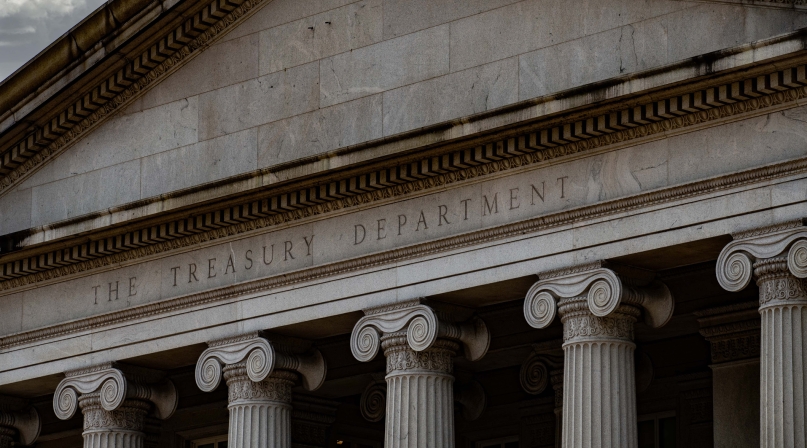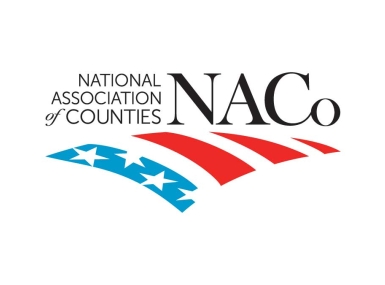NACo submits comments in response to Treasury Department's Obligation IFR
Upcoming Events
Related News

Key Takeaways
On December 20, NACo, along with the National League of Cities (NLC) and Government Finance Officers Association (GFOA), submitted comments in response to the U.S. Department of Treasury's (Treasury) Interim Final Rule (IFR) to amend the definition of "obligation" (Obligation IFR) with respect to the Coronavirus State and Local Fiscal Recovery Fund (SLFRF) established under the American Rescue Plan Act (ARPA) of 2021.
What Does the Obligation IFR Do?
The obligation IFR was intended to address recipients' questions and comments regarding the definition of obligation. The Obligation IFR revises the definition of "obligation" in Treasury's implementing regulations for the SLFRF program and provides related guidance and clarity to recipients to support their use of SLFRF funds:
- Revises how funds can be used to cover specific payroll and personnel costs after December 31, 2024
- Clarifies whether subrecipients are subject to the December 31, 2024 deadline
- Restricts counties' ability to re-obligate funds beyond the December 31, 2024 deadline excluding certain exceptions
What is Included in the Comment Letter?
The letter outlines four major concerns with the Obligation IFR and its impact on counties, if finalized as currently written:
- Definition of "cost incurred": Treasury did not redefine "cost incurred" to account for the new definition of "obligation", which could lead to counties being in noncompliance if they were following specific directives from Treasury's original guidance release in January 2022 - specifically, FAQ #13.17
- Payroll/personnel costs: For payroll/personnel costs, it is problematic that the Obligation IFR does not allow for program/project support staff funded by SLFRF dollars to be treated similarly to staff who fall under the revised definition of assisting in meeting requirements under federal law or regulation or a provision of the SLFRF award terms and conditions. Specifically, the clause "when work was performed" is especially concerning and limiting for local governments. As currently written, the Obligation IFR would prohibit local governments from continuing their efforts to mitigate the negative impacts of the COVID-19 pandemic on their communities.
- Discrepancies between direct recipients and subrecipients: The IFR creates a disparity between direct recipients and subrecipients, as subrecipients are given far greater flexibility in meeting the obligation deadline, whereas direct recipients are hindered in the use of funds.
- Deadline for expenditure estimates: Under the IFR, recipients are required to submit expenditure estimates to Treasury by April 30, 2024. This deadline for expenditure estimates creates a significant hurdle in cities and counties being able to utilize the advantage in the amendment to the definition of obligation announced in the Obligation IFR, articulated above.
What's Next?
Now that the comment period is closed, Treasury will review comments submitted and release a Final Rule in the new year. NACo will keep you updated on developments and provide a full analysis upon its release.
Access Treasury's Obligation Resources NACo's ARPA Resource Hub
Advocacy
U.S. Department of Treasury unveils changes to the State and Local Fiscal Recovery Fund Final Rule obligation definition

Related News

County Countdown – Dec. 15, 2025
Every other week, NACo's County Countdown reviews top federal policy advocacy items with an eye towards counties and the intergovernmental partnership.

County Countdown – Dec. 1, 2025
Every other week, NACo's County Countdown reviews top federal policy advocacy items with an eye towards counties and the intergovernmental partnership.

Counties Celebrate Key Permitting Inclusions in SPEED Act
NACo issued the following statement in response to the passage of the Standardizing Permitting and Expediting Economic Development (SPEED) Act (H.R. 4776), which advanced out of the U.S. House Committee on Natural Resources on November 20.